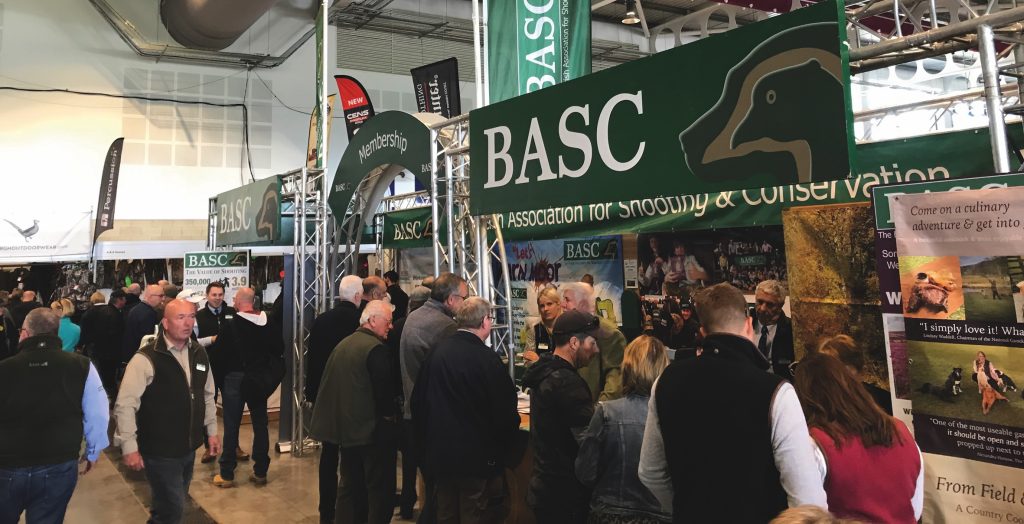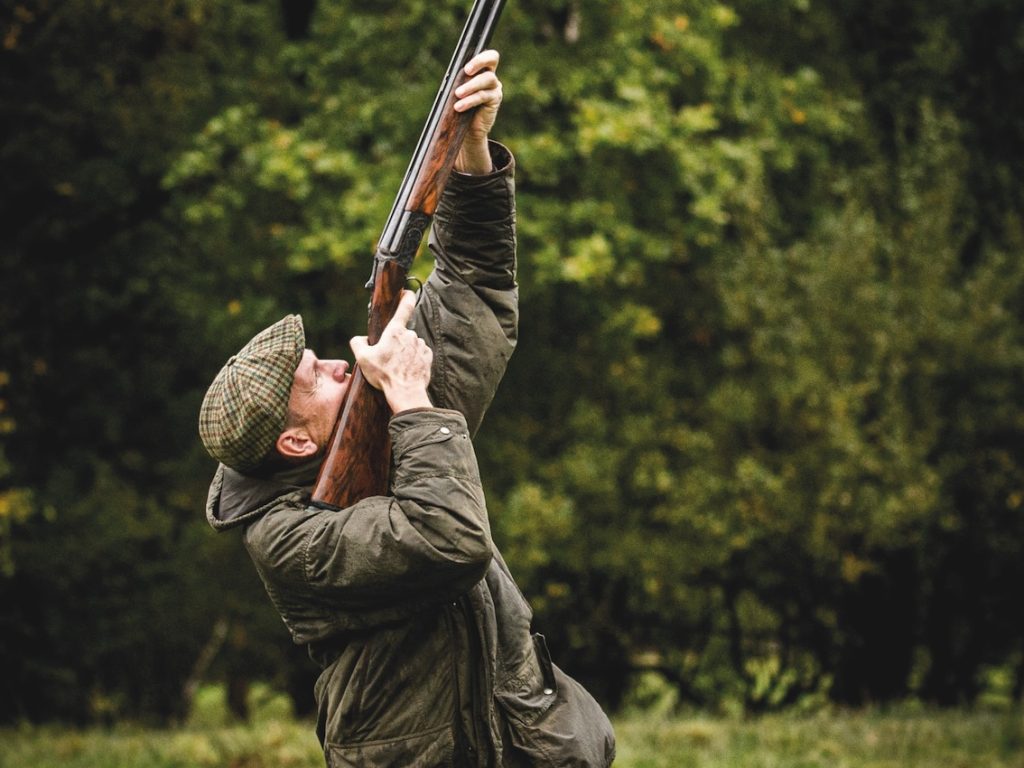Win CENS ProFlex DX5 earplugs worth £1,149 – enter here
Lightweight shotguns reviewed!
When you’re out on a day’s rough shooting or spending a morning walking hedges in search of a bird or two, the last thing you want is to be lugging around a heavy gun.

The sort of people who buy lightweight guns have changed a bit over the last 80 years.
In the 1970s we sold a lot of 12-bore Churchill guns with 25″ barrels, a fashion which started in the 1930s when people went in search of lighter and lighter guns.
There wasn?t really any rhyme or reason as to who the guns went to, although they were often serious shooters.
A lot of Churchill guns were taken right down to 6lbs or less in weight, and even Purdey made a few guns like this.
The popularity of lightweight guns changed as cartridges became more consistent.
In many ways it was cartridges which shaped the shotgun market as they became more consistently powerful.
Good cartridges going through a light 12-bore will kick quite a lot, but even some 24gram and lighter loads can be very punchy, so you still have to be a bit careful.
LIGHTWEIGHT 12 OR 20-BORE?
We tend to sell lightweight guns now to youngsters just starting to shoot and for those who don?t fire many shots but walk a lot in a day.
However, due to there being a wide range of very consistent cartridges available, many buyers will look straight to a 20-bore rather than a lightweight 12-bore.
Years ago we saw 12-bores with 2″ chambers which weighed as little as 5¼lbs, but they did kick like a mule.
I shoot onehanded, and once tried a gun with 2″ chambers and could barely hold on to it each time I pulled the trigger!
The most popular lightweight guns made today come from Browning and Beretta, who both produce lightweight 12-bore over-unders.
Lightweight 12-bore side-by-sides are very rare because side-by-side shotguns are comparatively light anyway.
There are a few out there, however: AYA for example produce a Churchill-style gun with 25″ barrels that weighs about 6¼lbs, which for a side-by-side is now considered light.
Lightweight 20-bores are more unusual, though in fact we have recently had a lightweight over-under 20-bore made by Lanber with an alloy action for one of our customers.
Most 20-bore over-unders tend to weigh between 6 – 6½lbs, but this one is right down to 5¾lbs.
Rizzini also produce a similar lightweight gun in 20-bore by using metal alloys.
The advantage of going for a lightweight 12-bore over a 20-bore is you keep a larger shot pattern.
I always say you should go for a 20-bore not just because you want a lighter gun, but because you want a challenge as the pattern is smaller.
With a lighter cartridge load in a lightweight 12-bore you will retain a larger pattern, making your task that little bit easier.
TRICKY TECHNIQUE
Obviously, lightweight guns are easier to carry around, but you have to be very deliberate with your swing.
They come to the shoulder very easily, but they will also stop very easily unless you concentrate on your swing.
The most obvious problem, however, is with recoil – with less mass in the gun, it will kick more.
If you were pigeon shooting with one of these guns or shooting clays you would likely have quite a sore shoulder by the end of the day.
But, if you pick a cartridge which is softer on your shoulder or fit a recoil absorbing pad they will be fine.
Over-under guns are made lightweight by constructing the action body from metal alloys, which are lighter, with all the working parts made of steel.
The face of the action is made of a steel insert, providing strength, and the action is often made in a shallower profile.
The rib between the barrels is often removed or ventilated to reduce weight, and the stock hollowed out and made slightly slimmer.
But it?s a bit like moving a ton of feathers – you have to take out a lot out of wood and metal to bring the weight down a small amount.
I would look to use a 24gram cartridge as you can get some really good lighter game loads now.
Personally, I recommend No.6 shot – some would say you should use No.7 shot for the pattern, but really you won?t see a great difference, and No.6 provides more of a punch for clean kills.
Given that these types of guns will be used for walked-up shooting where the birds are generally going away from you, I feel it is better to have the increased killing power – you want to do justice to you and to your quarry.
For similar reasons I would suggest quarter and half choke, though if you are using a lightweight gun for driven shooting you could go for a wider choke.
Churchill Utility shotgun
£3,750
This gun is a spring-opening model, and is a five/six serial number, meaning it was built just before the Second World War when light guns of this type with short barrels were very popular.

Related Articles
Get the latest news delivered direct to your door
Subscribe to Shooting Times & Country
Discover the ultimate companion for field sports enthusiasts with Shooting Times & Country Magazine, the UK’s leading weekly publication that has been at the forefront of shooting culture since 1882. Subscribers gain access to expert tips, comprehensive gear reviews, seasonal advice and a vibrant community of like-minded shooters.
Save on shop price when you subscribe with weekly issues featuring in-depth articles on gundog training, exclusive member offers and access to the digital back issue library. A Shooting Times & Country subscription is more than a magazine, don’t just read about the countryside; immerse yourself in its most authoritative and engaging publication.









